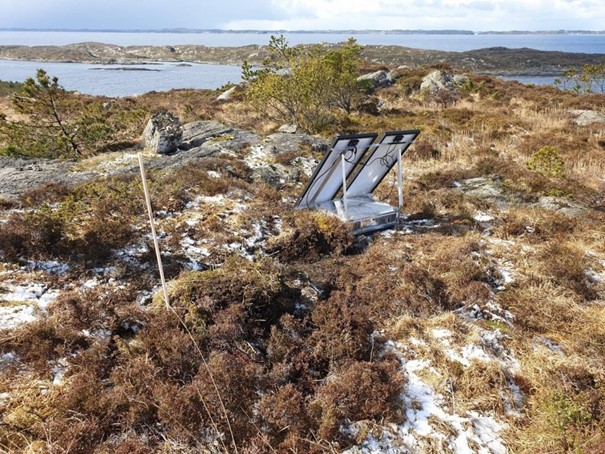Phase 1
(SNS-NET Project) was carried out in the period August 2018 to July 2019.
Phase 2
(HNET) took the concepts further with the implementation of the instrumentation on land and the use of PRM nodes on the seabed, and the initiation of data collection and reporting from November 2019 to December 2020.
Phase 3
HNET3 is the ongoing project that will form the basis for the understanding of all natural, tectonic seismic activity before CO2 is injected into the ground in the Northern Lights project.
Phase 4
The last phase, which includes continuous real-time monitoring of the injection process.
Phase 5
This phase is an information and reporting phase and runs parallel to Phase 3.


